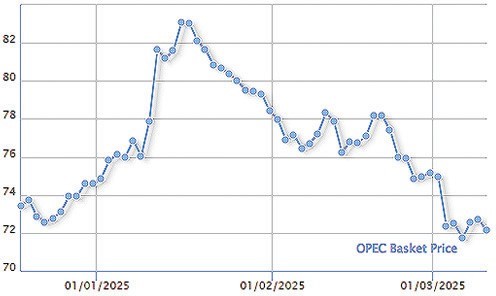September 15, 2023
Syria has become the new focus in the Middle East. While the fighting in the civil war faded away many months ago, Iran is now shuffling militias into Syria with the presumed goal of forcing the 900 American troops there to vacate the country, while at the same time Syrian civilians, forced into ever more desperate economic circumstances, have risen up, as many did back in the Arab Spring of 2011, to demand that President Bashir al-Assad go.
The Americans don’t appear fazed by Iran’s militias at least not militarily. But politically, it’s a different matter. The Iranian initiative signals that the Islamic Republic is upping its anti-American posture, the reverse of what it is saying publicly that it is trying to calm everything down and resolve peacefully all the disputes in the region.
The most violent uprisings in Syria are coming in Druze regions, spurred by a minority that largely sat out the 2011 Arab Spring rebellion. The new uprising began after Assad reduced bus and fuel subsidies, driving impoverished Syrians deeper and deeper into poverty. The street protests began in mid-August. One tactic of the protesters has been to invade the offices of Assad’s Baath Party, boot out party officials and then weld shut the doors.
At the moment, the protests don’t pose any existential threat as the Druze are shouting after all the others rebelling have been quieted down.
The Iranian-backed militias, comprised of Iranians, Iraqis and Afghans, are deploying from Iraq to eastern Syria and appear to be there to stoke instability in a part of the country where Assad does not rule and to raise the heat against the Americans. But some of the militias have been sent to the west where they are trying to repress the Druze uprising. Meanwhile, a Mojahedin-e Khalq front group has published what it says is a document it got from Iran’s Foreign Ministry that says Syria owes Iran $50 billion, debts accumulated over the last decade since the Islamic Republic came to Assad’s rescue. That sum makes the amount of funds frozen by US sanctions and believed to total less than $20 billion appear paltry. There is no way to be sure the document is accurate, however.




















